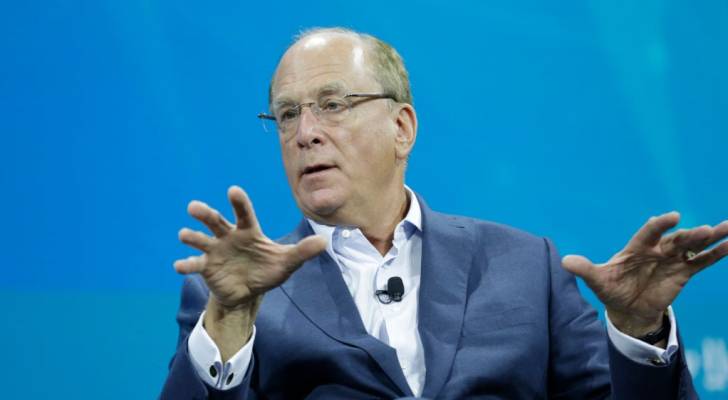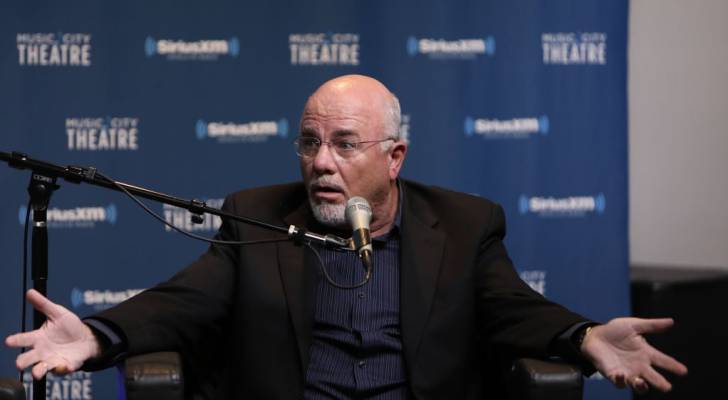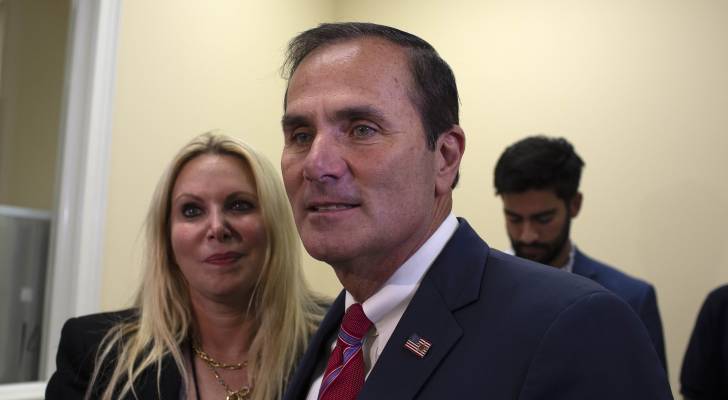This unemployed Texas man pays $1,200/month for his $56,000 car, has $94,000 in total debt — he blames it on a weird ‘dynamic’ with mother-in-law. Dave Ramsey doesn’t buy it
We adhere to strict standards of editorial integrity to help you make decisions with confidence. Some or all links contained within this article are paid links. American households carry $1.66 trillion in auto loan balances collectively, according to the Federal Reserve. While there may be many different excuses that justify taking on massive auto debt, […]
This is the true value of having a fully paid-off home in America — especially when you’re heading into retirement


We adhere to strict standards of editorial integrity to help you make decisions with confidence. Some or all links contained within this article are paid links. There’s great news for America’s homeowners: A growing percentage now own their homes outright. No mortgage, no liens. As of 2024, about 38.8% of owner-occupied homes in the United […]
I’m 66 years old, retired, and I own a comfortable house in Fort Worth. I have $143,000 in cash that I’d like to invest for my retirement — what should I do with it?


We adhere to strict standards of editorial integrity to help you make decisions with confidence. Some or all links contained within this article are paid links. A comfortable home and a healthy nest egg are crucial for ensuring financial security in retirement. With $143,000 in cash, it’s important to avoid letting it sit idle, as […]
My mom passed away and I was shocked to learn she left me 10 times as much money as I expected in her will. It’s a nice problem to have, but I’m a little lost on how to handle all this cash
We adhere to strict standards of editorial integrity to help you make decisions with confidence. Some or all links contained within this article are paid links. In the next 20 years, Americans will inherit an estimated $72 trillion as boomers pass down their accumulated wealth to younger generations in a phenomenon dubbed the Great Wealth […]
BlackRock CEO Larry Fink has an important message for the next wave of American retirees — here’s how he says you can best weather the US retirement crisis


We adhere to strict standards of editorial integrity to help you make decisions with confidence. Some or all links contained within this article are paid links. As sage billionaires go, BlackRock chairman and CEO Larry Fink belongs in the same rarefied air as Warren Buffett. And while he probably stopped worrying about his own nest […]
Americans in their 30s, 40s are finally breaking their way into the 401(k) millionaire club — here’s what they’re doing and why you should start copying in 2025


We adhere to strict standards of editorial integrity to help you make decisions with confidence. Some or all links contained within this article are paid links. Americans think it’ll take $1.26 million, on average, to retire comfortably, according to an April 2025 survey by Northwestern Mutual. And reaching $1 million in retirement savings is a […]
Dave Ramsey just issued a blunt reality check to Americans under 40: ‘If you don’t retire a millionaire, that’s no one’s fault but yours.’ Here’s the math to hit $11,600,000 at 65


We adhere to strict standards of editorial integrity to help you make decisions with confidence. Some or all links contained within this article are paid links. While the headlines have been dominated by a rollercoaster in the stock market, financial guru Dave Ramsey isn’t going doom-and-gloom. In fact, the radio host believes every young American […]
The No. 1 rule for becoming a millionaire in America, according to Maria Bartiromo and this Ramsey Show host — will you ignore or follow it in 2025?


We adhere to strict standards of editorial integrity to help you make decisions with confidence. Some or all links contained within this article are paid links. Many Americans dream of becoming a millionaire, and most believe they’ll need to be one to retire comfortably. According to the 2024 Planning & Progress Study published by Northwestern […]
This Detroit man used to sleep in his van — then he took $27 of cleaning supplies and turned it into $1,000,000. Here’s how Mario Kelly got rich (and how you can too, starting with just $100)


We adhere to strict standards of editorial integrity to help you make decisions with confidence. Some or all links contained within this article are paid links. Not so long ago, Mario Kelly was homeless and sleeping in his van in Detroit, parked outside the kind of expensive homes he dreamed of owning one day. Now […]
‘It’s sad’: Florida’s condo fee crisis could trigger the ‘next wave of homeless people’ in the state, says one representative — with seniors on fixed incomes at highest risk


We adhere to strict standards of editorial integrity to help you make decisions with confidence. Some or all links contained within this article are paid links. A new building safety law that was passed in the wake of the Surfside tragedy in Florida has resulted in a tremendous amount of financial pressure on condo owners. […]